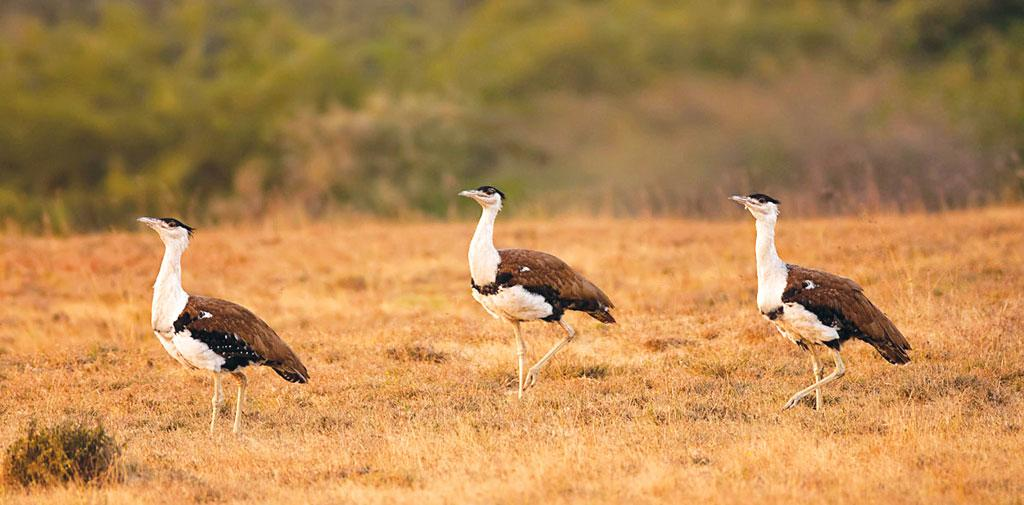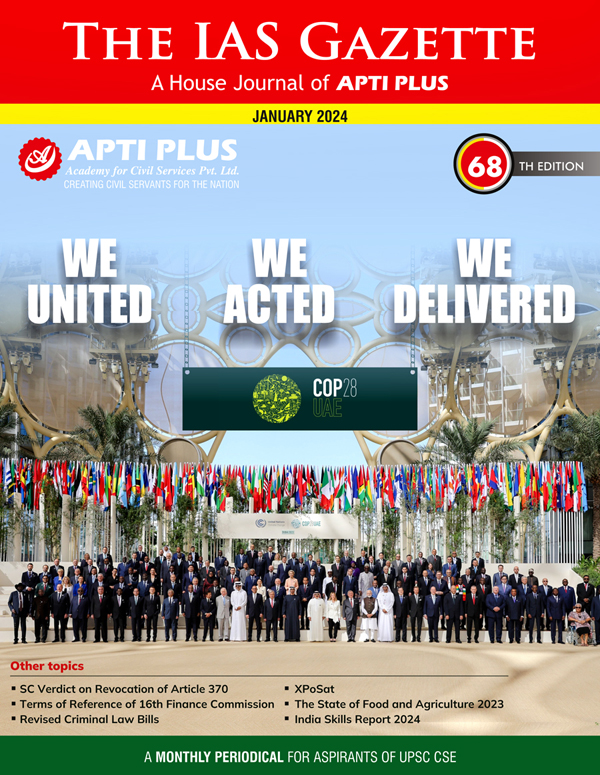Description

Copyright infringement not intended
Picture Courtesy: https://www.downtoearth.org.in/news/agriculture/exodus-at-rollapadu-58001
Context: The Great Indian Bustard (GIB) hasn't been spotted in the Rollapadu Wildlife Sanctuary (Andhra Pradesh) for the past couple of years, indicating a potential local extinction.
Rollapadu Wildlife Sanctuary in Andhra Pradesh
- It was established in 1988 to conserve the critically endangered great Indian bustard, which is one of the heaviest-flying birds in the world.
- It is surrounded by several hills and mountains such as Nallamala Hills, Erramala Hills, Veligonda Hills and Srisailam Hills. These hills are part of the Eastern Ghats mountain range that runs along the eastern coast of India.
- It is the only habitat in Andhra Pradesh for the great Indian bustard and the lesser florican, both of which are ground-nesting birds that prefer open grasslands.
- The sanctuary has a semi-arid climate with hot and dry conditions and erratic rainfall. The average elevation is 290 meters and the annual rainfall is about 450 mm.
- The vegetation consists of grasslands, mixed forests and thorny bushes. Plant species found in the sanctuary are Ziziphus mauritiana, Cassia fistula, Acacia, Butea monosperma, etc.
- Some of the mammal species are foxes, jackals, bonnet macaques, jungle cats, sloth bears and blackbucks. The reptile species include Russell's viper and Indian cobra. The bird species include Indian rollers, mynas, short-toed snake eagles, bar-headed geese, demoiselle cranes, greater flamingos and Indian coursers.
- The Gundlakamma River, a tributary of the Krishna River, flows through the sanctuary, providing a vital source of water for wildlife and contributing to the overall ecosystem health.
- The sanctuary is home to several tribal communities, including the Chenchus, Lambadis, Yanadis and Sugalis, who have inhabited these lands for generations.
- The sanctuary is near the Krishna River, originates from Mahabaleshwar in Maharashtra and flows through Karnataka, Telangana and Andhra Pradesh before joining the Bay of Bengal.

Great Indian Bustard (GIB)
- The GIB is a tall, long-legged bird with a horizontal body, resembling an ostrich.
- Males are larger, with black crowns and white necks, while females are smaller with brown plumage.
- Historically found across dry plains and grasslands of India, its current range is restricted to pockets in Rajasthan, Gujarat, Maharashtra, Karnataka, and Andhra Pradesh.
- Omnivorous, feeding on insects, lizards, small mammals, seeds, and fruits.
- Solitary or found in small groups during the non-breeding season.
- The GIB is listed as critically endangered by the IUCN and protected under the Indian Wildlife Protection Act. Several protected areas have been established to conserve their habitat.

|
PRACTICE QUESTION
Q. The Great Indian Bustards' low reproductive rate and poor frontal vision pose unique conservation challenges. Which intervention is MOST likely to improve chick survival?
A) Artificial nest incubation and hand-rearing of chicks
B) Predator control programs in nesting areas
C) Habitat restoration corridors connecting fragmented populations
D) Captive breeding and reintroduction programs
Answer: B
Explanation: While captive breeding may hold future promise, immediate threats like predation need to be addressed first. Predator control programs in nesting areas offer the most direct and effective way to improve chick survival.
|












